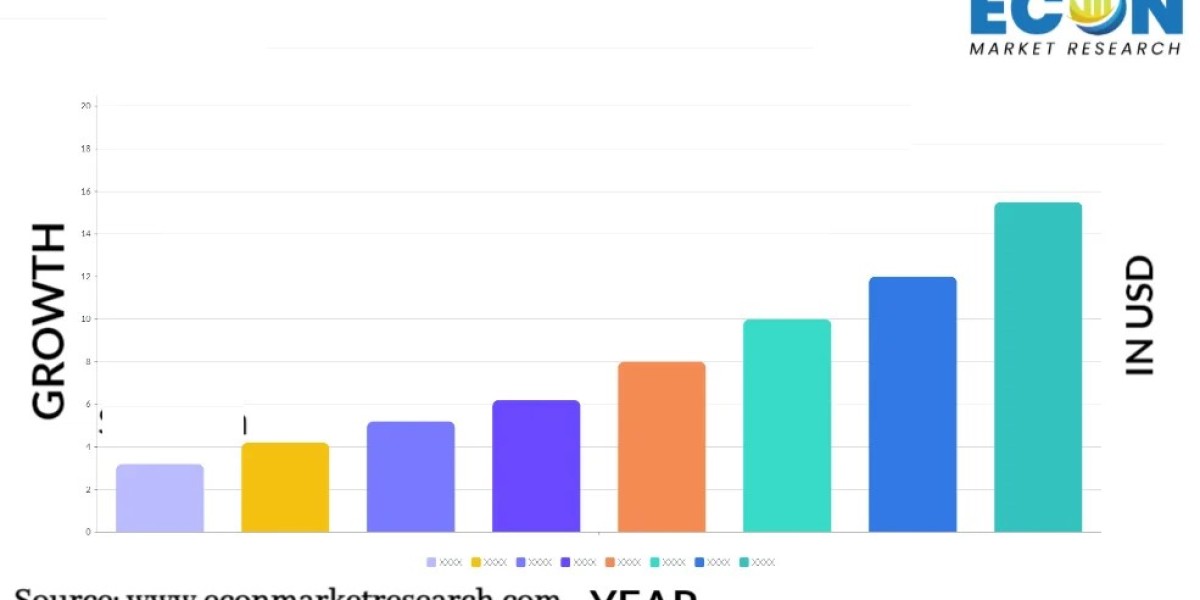The automotive retail industry has undergone substantial transformation over the last few decades, fueled by advances in technology, shifting consumer expectations, and a move towards digitalization. Automotive retail now spans a variety of channels, from traditional dealerships to online platforms, and involves not only new car sales but also used vehicles, after-sales services, and parts distribution. This complex landscape demands retailers to be highly adaptive, customer-centric, and digitally forward-thinking. Embracing a blend of in-person and online sales experiences, automotive retail seeks to streamline the buying process while offering personalized, high-quality service.
Shifting Consumer Preferences in Automotive Retail
Today’s consumers are more informed and have higher expectations when it comes to purchasing a vehicle. Access to online information, reviews, and comparisons enables them to research models, prices, and features before even stepping into a showroom. Many buyers now prefer a seamless, hybrid experience that allows them to start the purchasing process online and finalize it in-store or vice versa. Additionally, environmental awareness and the demand for electric vehicles (EVs) are influencing purchasing decisions, prompting retailers to diversify their offerings and integrate sustainability into their business models.
The Role of Digitalization in Automotive Retail
Digitalization has revolutionized the way vehicles are sold and serviced. Online marketplaces, virtual showrooms, and digital financing tools are becoming essential components of automotive retail. Augmented reality (AR) and virtual reality (VR) technologies enable customers to explore vehicle features and configurations from the comfort of their homes, providing a personalized shopping experience without requiring physical presence. Moreover, retailers are leveraging data analytics to understand customer preferences better, predict trends, and optimize inventory, ensuring that they meet customer demand more effectively.
The Rise of Online Automotive Retail Platforms
With the rise of e-commerce in every sector, the automotive industry has embraced digital platforms for selling vehicles. Websites like Carvana, Vroom, and traditional dealership sites have adapted their interfaces to make car purchasing online as straightforward as possible. These platforms offer a range of services such as 360-degree vehicle views, car history reports, trade-in options, and even home delivery, making it convenient for customers to shop online. As consumer trust in online purchasing grows, automotive retailers are refining their digital strategies to maintain competitiveness in an increasingly digital landscape.
New vs. Used Vehicles in Automotive Retail
The market for used cars has expanded significantly, driven by demand for affordable vehicles and concerns about depreciation on new cars. Many dealerships now offer certified pre-owned (CPO) programs, which ensure the quality and reliability of used vehicles through rigorous inspections and warranties. Online platforms have further expanded the reach of used car sales, allowing customers to search a vast inventory, compare prices, and review vehicle conditions. This segment of automotive retail is expected to keep growing, especially as economic uncertainty and supply chain issues impact new vehicle availability and affordability.
Financing and Leasing Options in Automotive Retail
Automotive financing and leasing options have evolved significantly to meet diverse customer needs. Many retailers now offer flexible financing plans with low-interest rates, zero down payments, and lease-to-own options to make vehicle ownership more accessible. Additionally, digital financing tools allow customers to apply for loans or leases online, compare rates, and receive instant approval, streamlining the purchase process. Financial transparency and flexibility are paramount in today’s market, where customers expect both clarity and convenience when it comes to automotive financing.
The Future of Automotive Retail: Blending Physical and Digital
The future of automotive retail lies in a blended approach that combines the best of physical showrooms and digital platforms. Brick-and-mortar dealerships will remain relevant for test drives, hands-on experience, and face-to-face interaction with sales representatives. However, digital platforms will continue to expand, providing customers with convenient tools to research, compare, and purchase vehicles online. The integration of AI, data analytics, and virtual showrooms will empower customers to make informed decisions, while the physical dealership experience will remain vital for personalized service and support.
Phone Number: +1 812 506 4440
Email : sales@econmarketresearch.com













